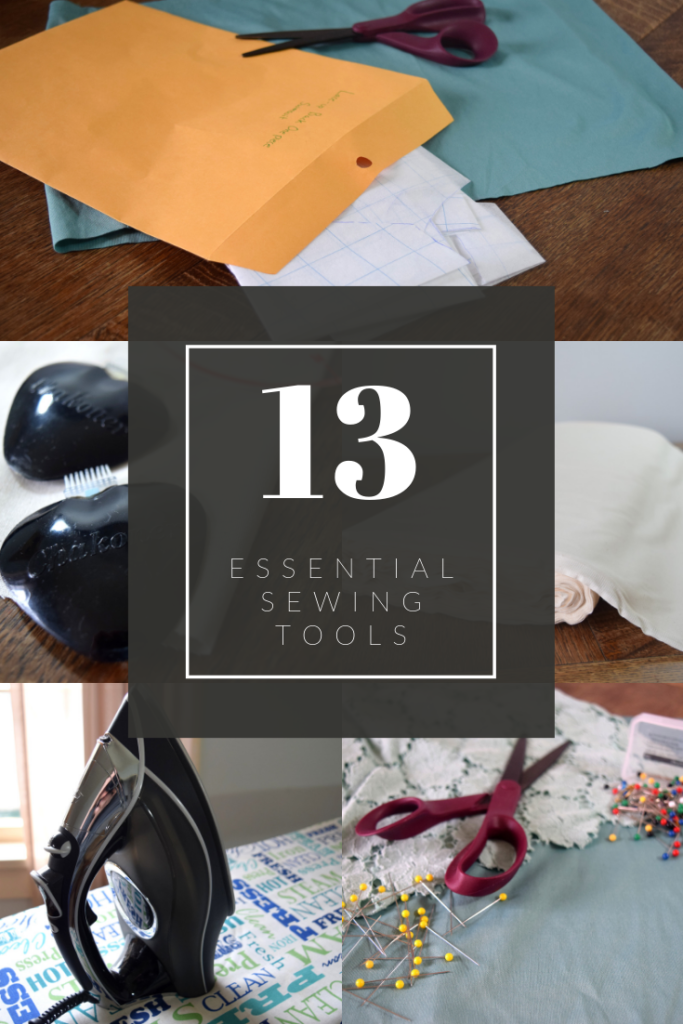
The tools you use while sewing and making patterns can seriously make a big difference in the end results! And how smoothly the process goes. So I thought it could be useful to make a list of my favorite and most-used sewing supplies and tools. The items I’ve included here are items I use all the time in my garment making process. Most of them I use almost every time I sew a garment!
*This post contains affiliate links, so if you purchase an item through one of my links I receive a small commission at no extra cost to you. This helps to support my blog so I can continue creating content! I will always provide my honest opinion on products and only recommend things I use and love!
So let’s get right into it! These are in no particular order, I love and use all of these products all the time.
1. Rotary cutter and cutting mat

So this is something I use for every single project! It’s such a major time saver. Before I got my cutting mat and rotary cutter, pinning my pattern pieces and cutting out each piece with scissors took so long. It was usually the longest part of the process.
With a rotary cutter and mat, there’s no more pinning pattern pieces to your fabric before cutting! I usually just place random objects (keys, phone, etc.) on my pattern pieces so they don’t move while I cut around them with the rotary cutter. Your cutting is also so much more precise with a rotary cutter than with scissors!
If you don’t have a cutting mat and rotary cutter yet, I would highly recommend you get them! It’s so worth it for the time and effort you save in your sewing projects. I admit, the larger sized cutting mats are quite expensive, but for me it’s worth the money so I can fit all my pattern pieces on it at once.
Amazon has a great rotary cutter:
And here is the cutting mat that I have:
2. Dress form
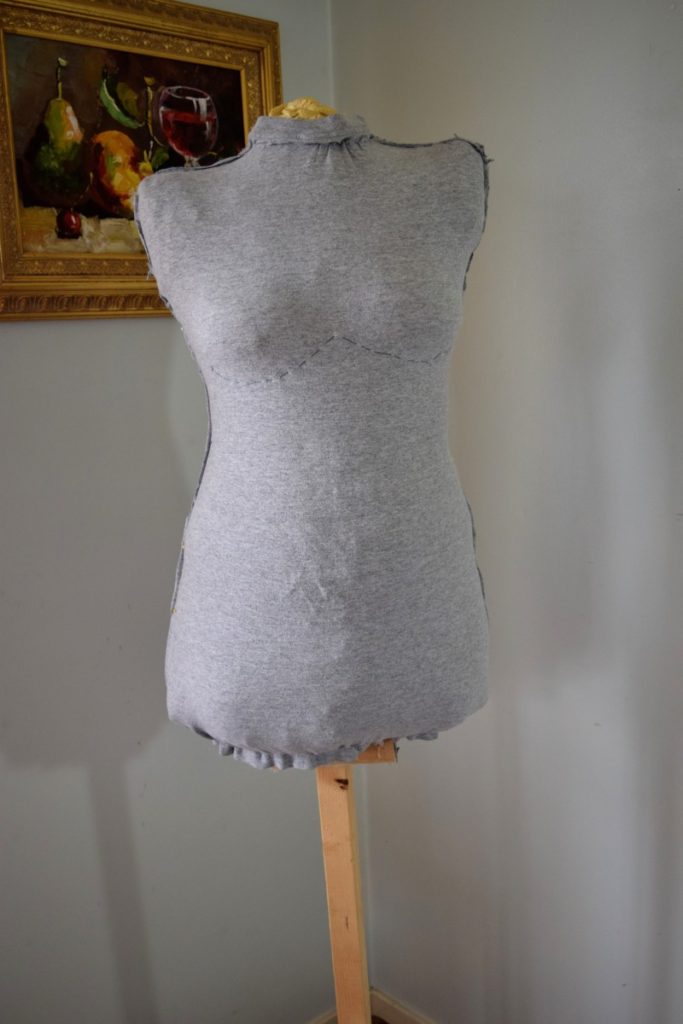
My dress form has been a game changer for me. It’s allowed me to start making my own patterns. I don’t really like the process of drafting patterns with flat pattern making… math is not my thing. And I like the creative process of draping patterns on a dress form.
I would have loved to buy one of those custom fit dress forms where they measure you and make a dress form exactly to your shape. Even a regular dress form padded a bit would have been great… but I just couldn’t justify spending a couple hundred dollars on a dress form. So I made my own DIY dress form with expanding foam! It’s exactly my shape (or was until I started going to the gym) and it’s pin-able!
If you would be interested in a tutorial on how to make a custom-fit foam dress form, let me know in the comments below!
3. Chakoner fabric chalk
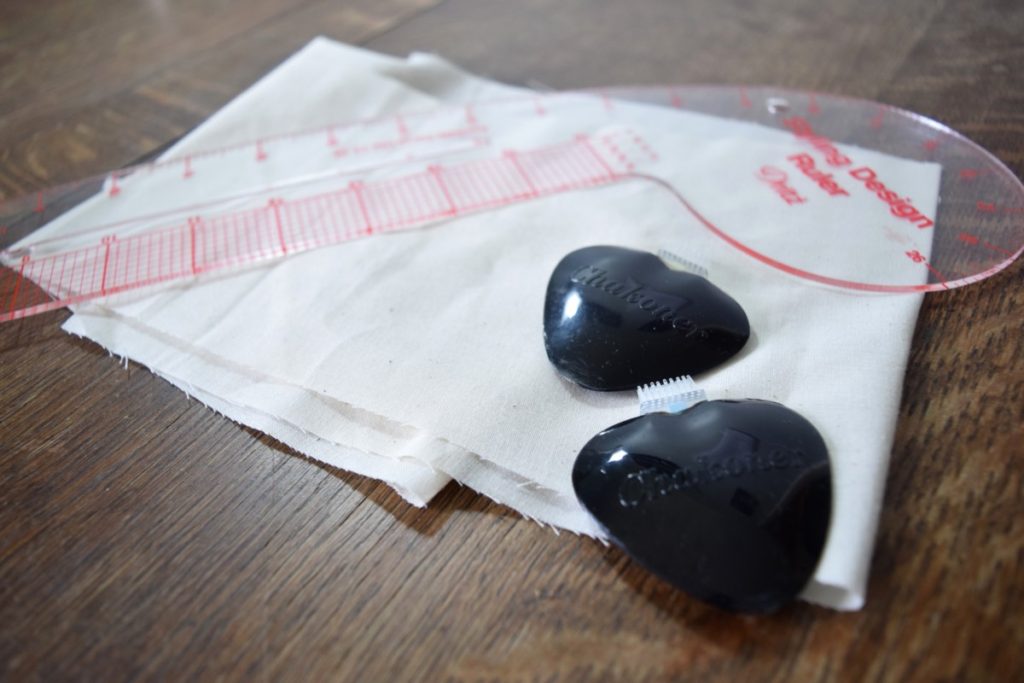
I was first introduced to Chakoner fabric chalk when I got one as a participation prize in a sewing competition. I didn’t open the thing for ages, but when I finally took it out and tried it I wondered why I’d waited so long. These little heart-shaped chalk markers are refillable and they keep your fingers from getting covered in chalk like regular tailor’s chalk. But the thing that I love about them is how easy it is to draw a thin straight line on almost any fabric. They also come in several different colors, so you can choose a color that shows up well on the fabric you’re marking. They also wash out well, I’ve never had a problem getting the chalk marks out of any fabric.
One thing to be aware of is that they’re not optimal for super thick, squishy fabrics like fleece. Also, my dog tends to enjoy chewing them up if they end up on the floor… which leaves quite a mess.
I buy mine on Amazon:
4. Iron
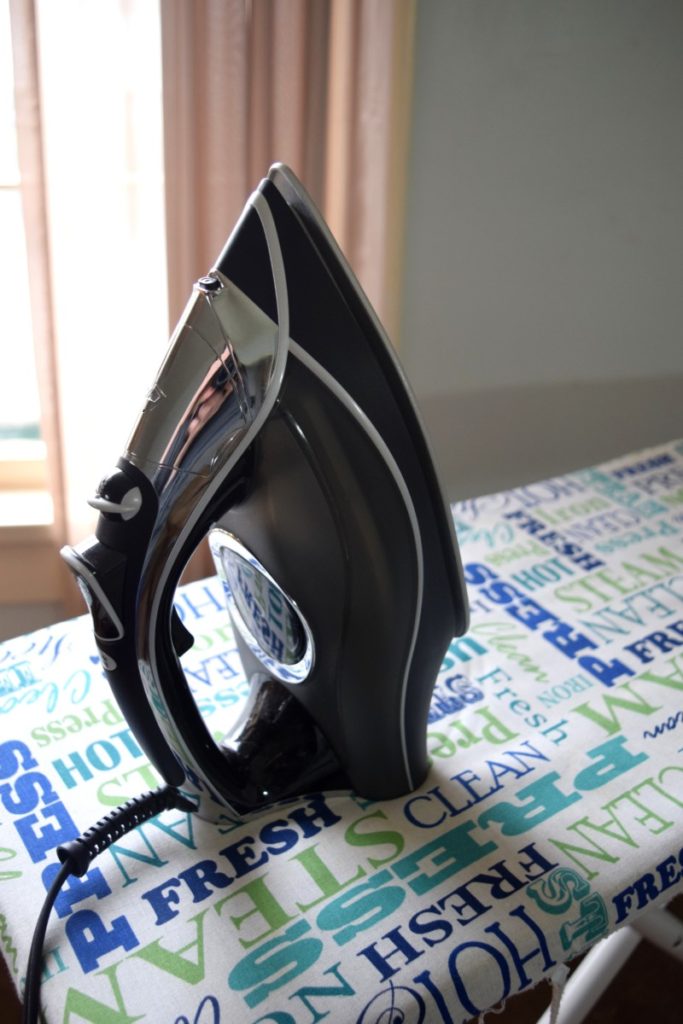
An iron is really an essential sewing tool for any sewist! Pressing as you sew really makes a huge difference in how professional the final garment looks. You never see ready to wear clothes with rounded hems or wonky, unpressed darts, so if you want your end result to look professional, an iron really is a must in my opinion!
I started out with an old hand-me-down iron that never really got too hot and didn’t steam very well. It also leaked all the time. I recently won an iron in a sewing competition and I LOVE it! It heats up super fast, gets as hot as I want it to, and can steam anything! One negative about this iron is that it turns itself off after 15 minutes of inactivity, which is nice if I happen to forget to turn it off when I leave the house, but sometimes I’m just sewing a section that takes a long time and the iron turns itself off while I’m sewing.
This is the iron that I currently use:
5. Pattern paper

Another must for me, since I make a lot of my own patterns, is pattern paper. This is also really useful to trace any bought patterns that you need to make adjustments to. You can definitely use old newspaper or butcher’s paper for this if you want, but I like the Pellon 810 Tru-Grid. I get it at my local JoAnn Fabrics where it’s sold by the yard.
The reason I use this paper is because it is covered in a 1 inch grid, which makes measuring and making sure your pattern is straight up and down super easy. It’s also quite a bit thicker than regular pattern paper, which I like because I tend to accidentally tear that super thin paper most patterns are printed on.
Available here from JoAnn:
Pellon 810 Tru – Grid 45″ x 10 yd Board
6. Muslin
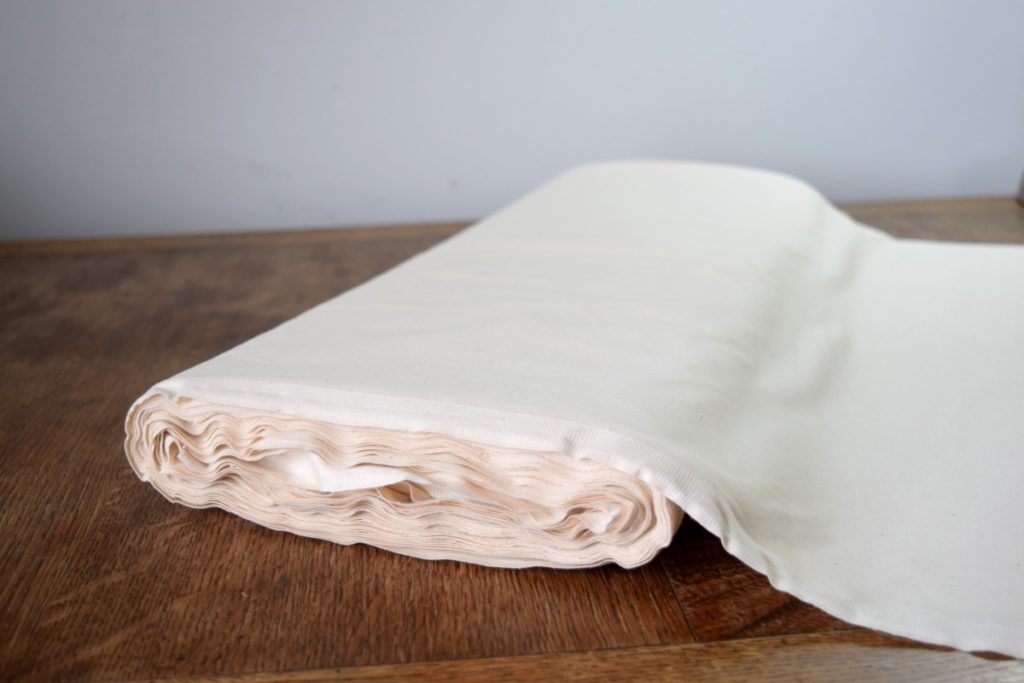
Muslin is so great for trying out a pattern before you cut up the beautiful fabric you want to use for your final garment. It’s a plain undyed cotton fabric, sometimes bleached. This means that it’s really cheap and easy to mark up because of the lack of color. I use muslin all the time to drape new patterns on my dress form and try out my own and store-bought patterns for fit. It really does save you some headache to make sure the fit of your pattern is right before cutting it out with your fashion fabric! You can find lots of different weights and drapes of muslin at your local craft store.
I recently discovered that I can buy an entire bolt (15 yards) of muslin on Amazon prime! I do want to mention that this muslin is a bit on the stiffer side, so I wouldn’t use it to drape/fit a flowy blouse or skirt. It’s great for more structured garments though!
8. Sewing pins
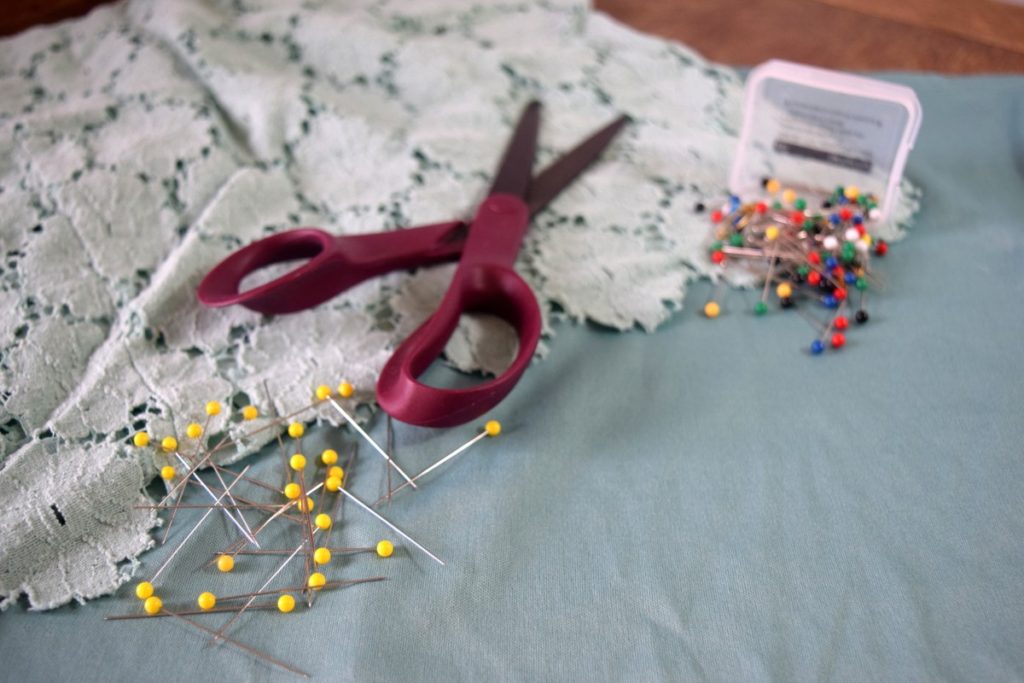
Sewing pins are really essential for almost any sewing project! You can use pins to hold the fabric in place while you sew. This helps make sure that everything is sewn exactly where you want it, which helps you get the best possible results!
I use two different types of sewing pins in my sewing. First is regular, long sewing pins. These are very sharp so they can punch through almost any fabrics. I also like using long pins because I find them easier to work with and hold onto. The second type of pin I use is ballpoint pins. These are what I use in all my knit fabrics because they go through the knit fabric by pushing the threads aside rather than punching a hole. Regular sewing pins will leave holes in knit fabrics, which is never a good thing because it ruins the integrity of the fabric and doesn’t look very nice.
The regular pins I use:
The ballpoint pins I use:
9. French curve ruler

If you do any sort of pattern making or adjusting sewing patterns, a french curve ruler is super useful! This ruler is how I get nice curves on armholes, crotch seams, and necklines. It has different amounts of curve all the way down the ruler, so you can do anything from a slight curve to a tight armhole.
I use this ruler every time I make a pattern! When I drape a pattern on my dress form I mark all the armhole and neckline curves free-hand, then I use my french curve ruler to even out my free-hand curves.
10. Square clear ruler set
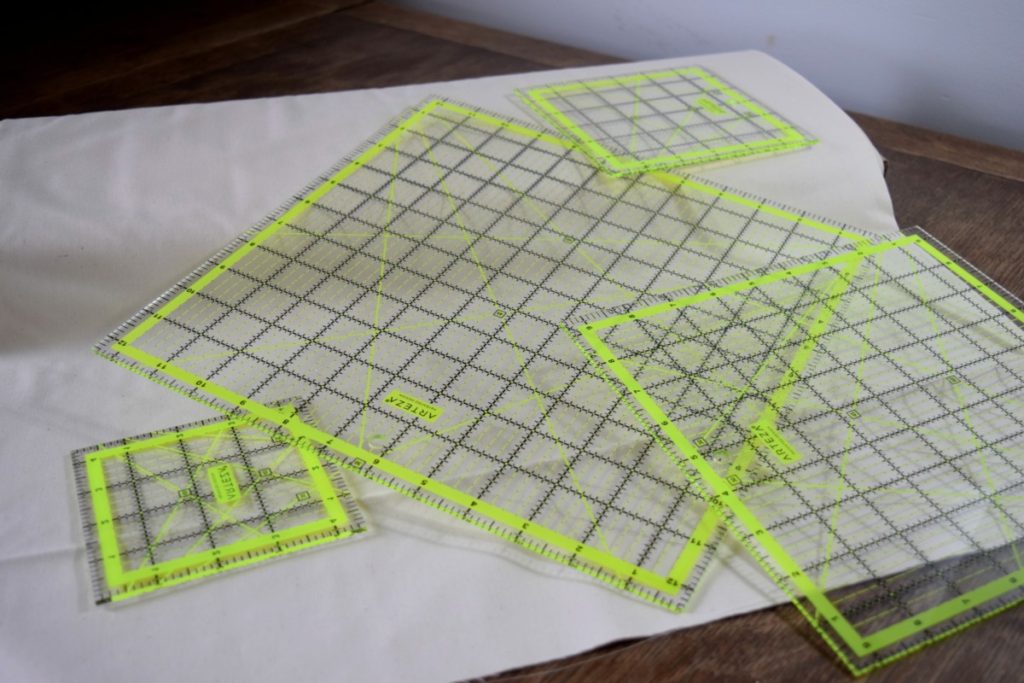
This is another type of ruler I use all the time. The square rulers help you to get nice right angles, whether you’re marking a corner with your chalk or cutting along the ruler with the rotary cutter. I also like how these rulers are clear, so you can see the fabric through it, which comes in handy. For example, if I want to make a line 4 inches from the edge of the fabric, I can line up the edge of the fabric with the 4 inch mark easily since I can see through the ruler.
This is the set I use:
11. Adjustable sewing gauge
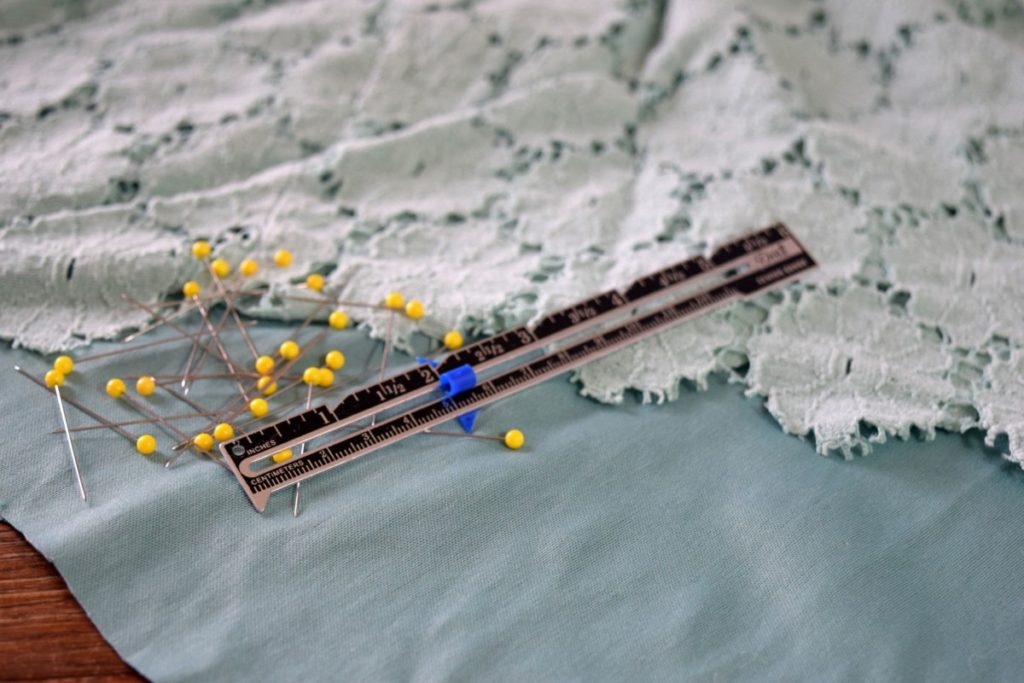
A sewing gauge is a really handy tool that can help you make sure your garment turns out crisp and that all your seams and hems are perfectly even. You might be able to get away with just using a ruler to measure most things, but the sewing gauge makes it so easy and fast! You can adjust the slider on the sewing gauge to whatever length you want so you can quickly line up the edge of the fabric with the slider. I find this especially useful for hems: for example, if I want a 1/2 inch hem I can set the sewing gauge to 1/2 inch and quickly turn up the right amount of fabric as I pin and iron.
This is the sewing gauge I use:
12. Large manila envelopes
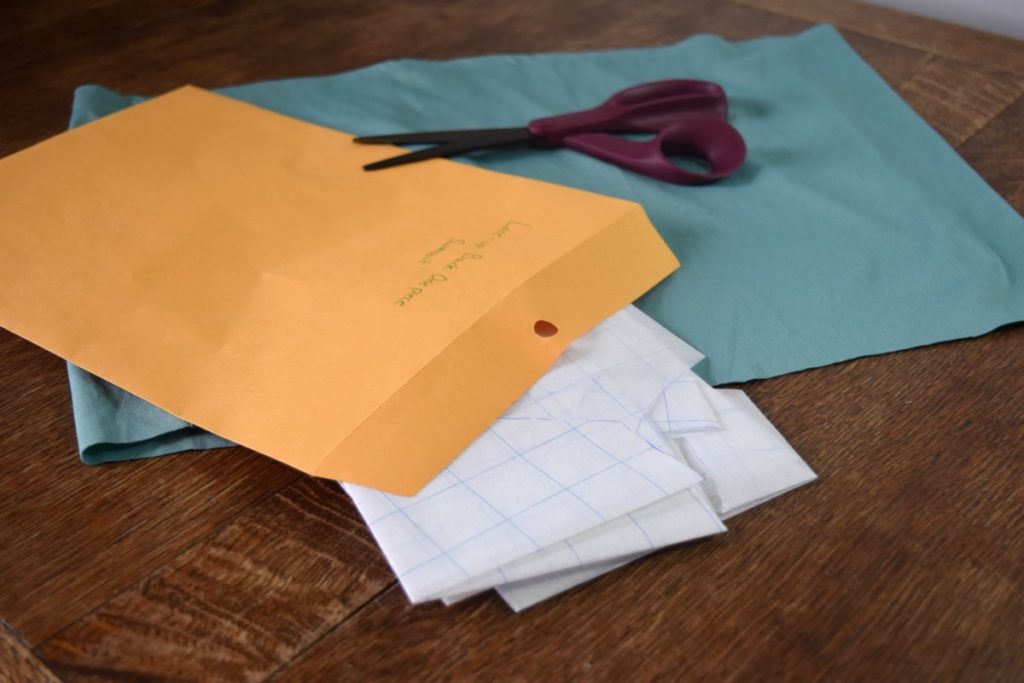
So when you make your own patterns or make major changes to existing patterns, you really need a good method of storing your patterns. I find these large manila envelopes to be great for this! You can fold up your pattern and put it in the envelope, label the envelope, maybe even put a picture of the garment on the envelope, and store it away in a drawer!
Before I started using these, I had pattern pieces lying all over the place and could never remember what pieces went together. So if you can relate to that, maybe try this method out! Also if you have your own pattern storage method, please share in the comments!
13. Fabric clips
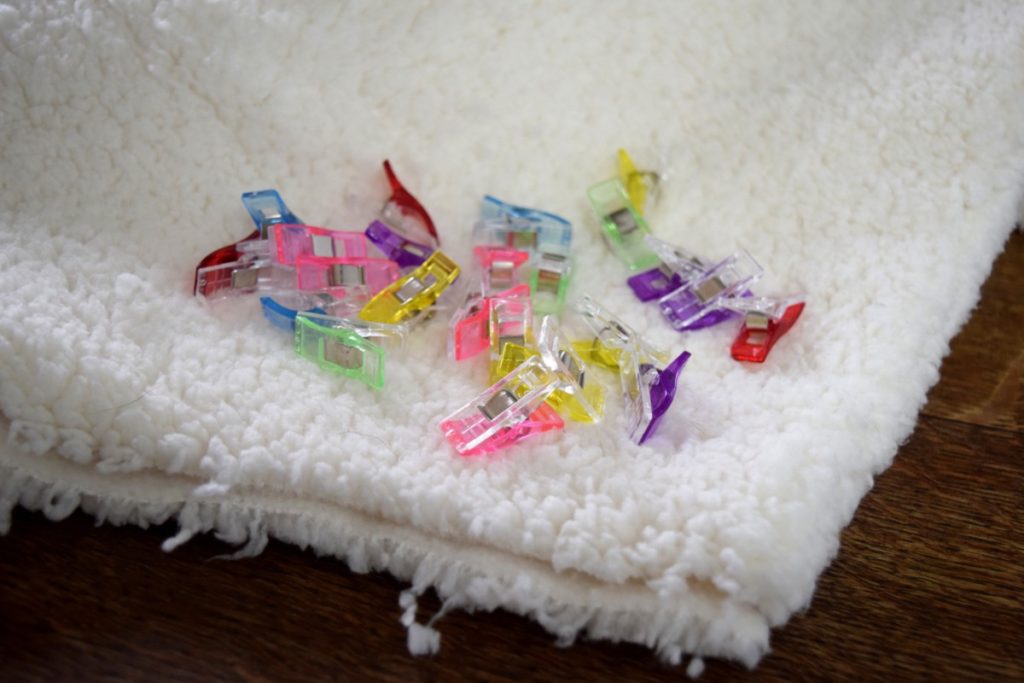
Fabric clips are essential if you’re planning on working with any specialty materials like leather, faux fur, or suede. Any type of sewing pin will put permanent holes in leather or suede, which really doesn’t look nice and can cause the fabric not to hold up as well as it could. For faux fur, clips work great because pins can easily get hidden and hard to see in that fluffy fur.
These are the fabric clips I use:
I hope you found this list of my favorite essential sewing tools useful and if you have any tools you think should be on this list, let me know in the comments! I’d love to hear your thoughts.
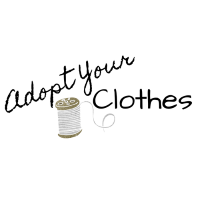
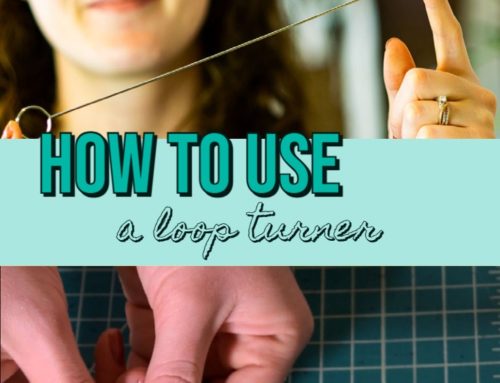
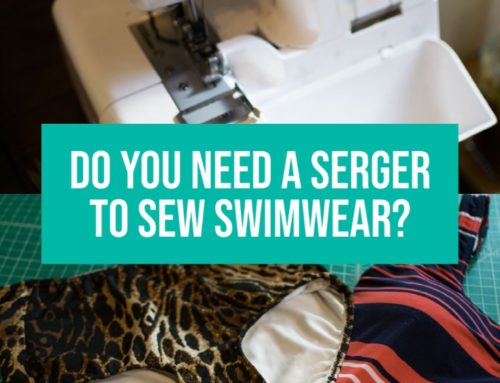
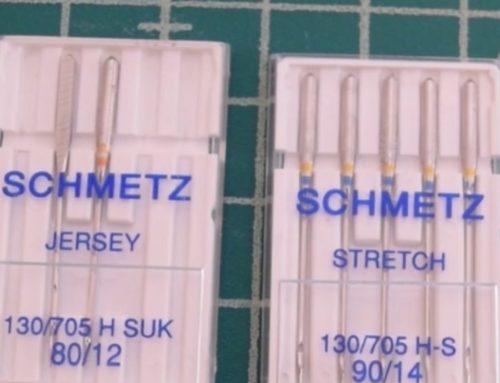
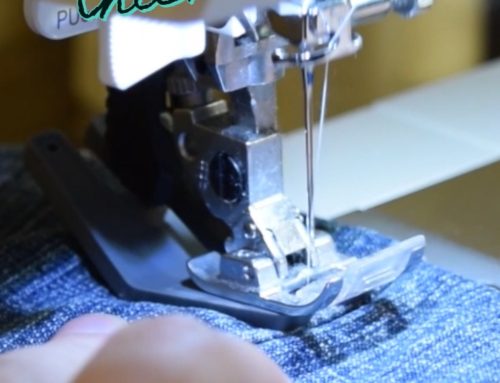
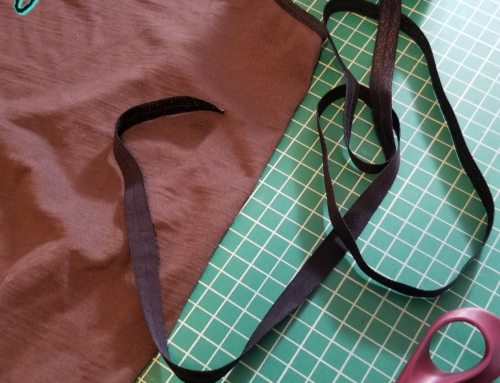
Would LOVE your dress form tutorial! Muslin, with the right combo of being full price at JoAnn fabrics so you can use their 60% off coupon that comes out once a month you can get soft, flowy muslin for about $1.25 a yard. https://www.joann.com/sew-essentials-unbleachd-muslin-36in/7791601.html
Thanks for letting me know you want to see the dress form tutorial! My body has changed shape quite a bit since I made the last one, so I think I’m due a new one anyways – so it might be the perfect chance to make the tutorial! Also, thanks for the tip on getting muslin at JoAnns – maybe I’ll get a whole bolt next time I’m able to use a coupon for it!